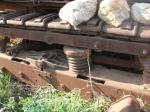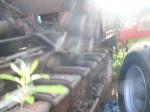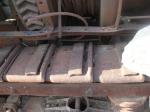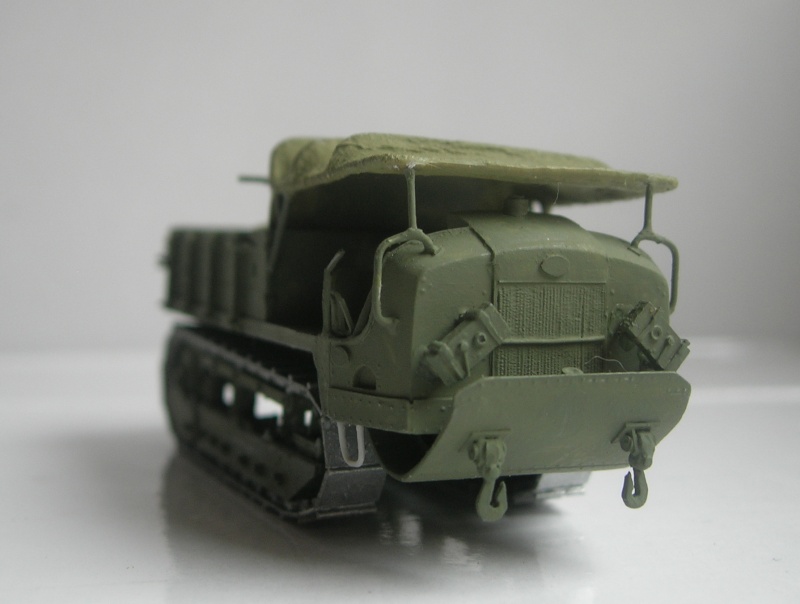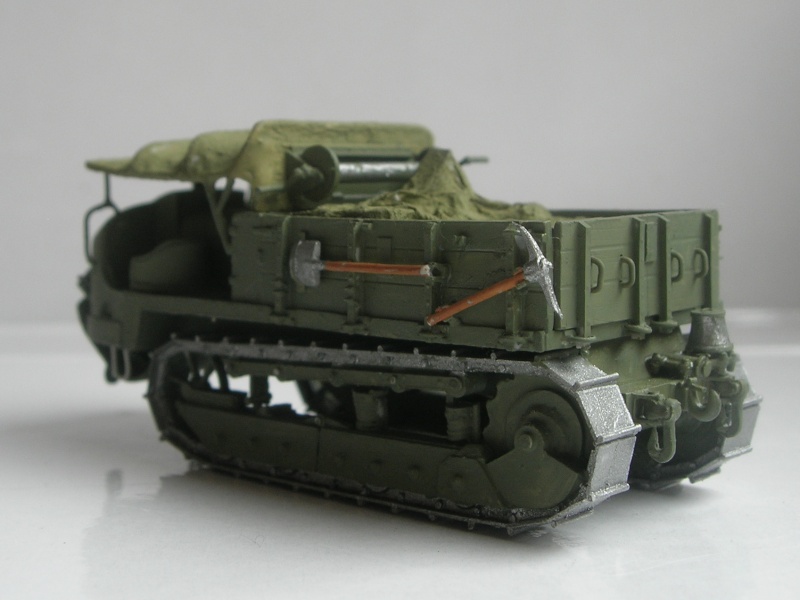Schneider CD2 Montpellier
English Translation
Historique Voir ICI
History Click HERE
Tiré du site en lien ci dessus
Schneider CD Artillery Tractor
by Charlie Clelland
In 1916 the French Army was interested in artillery tow vehicles which could pull heavy guns across the churned up landscapes of the WW1 battlefields. The motivation for this was the failure of the 1915 offensives conducted by the French Army. Although the German front line was ruptured in these battles the artillery could not cross No Man's Land to support the French infantry and disrupt counter-attacks. The net effect was that the 1915 offensives failed because the Germans could seal off and counter-attack the French advances without interference from artillery fire.
Although Holt tractors were used as artillery tow vehicles in 1916 these were slow, could not tow the heaviest guns and could not deliver ammunition without the use of trailers. The French Army believed it needed heavier vehicles than the Holt to service the heavy guns adequately.
Both Schneider and Renault proposed heavy tracked tow vehicles. The Renault design became the Renault FB which carried guns "en portee" on a flat deck which limited the size of guns to light field guns and light howitzers. The Schneider design used the engine, lower chassis, transmission and suspension of the Schneider CA1 tank and was intended to tow heavy guns as well as act as an ammunition transport once the guns were in place. The projectiles of the heavy guns weighed 40 - 100 kg supplying these to the guns in sufficient quantities by conventional means was difficult on the Western Front.
The intent of the Schneider CD was to act as a shuttle between the nearest road and the heavy gun batteries. The French had a number of heavy 4-wheel drive trucks, such as the Renault EG and Latil TAR, which could deliver guns and ammunition to a roadhead nearest to the gun positions but these could not traverse the churned up landscape of the front. The Schneider CD was a fairly straightforward adaptation of the Schneider tank chassis with a driving position at the front of the vehicle, a superstructure containing the fuel tanks and radiator and a flat wooden deck at the rear. Weather protection for the crew was limited to a canvas hood. The Schneider had a simple, innovative mechanism for winching - a powered capstan was built into the rear axle. The tow cable was stored in a reel attached to the rear of the superstructure. The capstan could provide nearly as much drawing power as a winch and certainly was much easier to build into the Schneider transmission. The 9.7l engine produced 60 hp at 1000 revs/min. The vehicle weighed 10,000 kg with a carrying capacity of 3,000kg. Maximum speed of a lightly loaded vehicle was 8.2 km/hr
Initially an order for 50 vehicles was awarded to Schneider. This was increased to 500 vehicles in October 1916. When Joffre was replaced by Nivelle as Commander in Chief in Dec 1916 Schneider was instructed to prioritise the artillery vehicles over the Schneider CA1 tank. The first prototype was delivered in April 1917. The first production vehicle in August 1917. Delays in production meant that only about 20 vehicles were delivered by the end of 1917. By the time of the Armistice in Nov 1918 110 vehicles had been delivered.
Generally the Schneider CD proved to be quite popular although it was apparently difficult to drive over rough ground it proved to be tough and reliable. A single vehicle could move a 4 gun battery of heavy guns in a single night and supply the guns with ammunition once the guns were emplaced.
Gen. Pétain had replaced Gen Nivelle as Commander in Chief in May 1917. In Dec 1917 he demanded caterpillars equipped for carriage of heavy cannons up to 9 tons. Renault was completely unable to respond to this since the resources of Renault were committed to the FT tank. Schneider decided to meet this demand by designing a vehicle which recycled the suspension and running gear of the Schneider CA3 tank. An order for 200 CA3 tanks had been cancelled in Dec 1917. The new portee vehicle had similar tracks and suspension to the CD although the track was longer at 4.4m, there were 8 rather than 7 roadwheels and the track was 45cm wide rather 36cm wide in the CD. The engine had slightly more power than the CD - 65hp compared to 60hp. To facilitate carrying heavy artillery pieces there was a boom angled over the vehicle front to locate and secure the trail of the artillery piece. A crane was fitted to the left side of the vehicle to hoist the artillery piece onto the vehicle deck.
A single prototype was constructed and tested in October 1918. It was found to be easier to drive over rough ground compared to Schneider CD and was capable of carrying artillery pieces up to 9 tonnes such as the 220mm TR Schneider howitzer and the 155mm L Mle 1917 Schneider field gun. The CD3 had a towing capability of up to 14 tonnes which meant it could tow the 155mm GPF gun.
The Armistice meant the end of development of the CD3 and no production order was made for the CD3. Tracked artillery portee vehicles were effectively terminated in the French Army when Gen. Herr, Inspector General of Artillery, decreed in Nov 1918 that heavy artillery should be towed by tracked vehicles and there was no role for tracked portee vehicles.
Postwar service
Deliveries to the French Army stopped at the 200th vehicle, a further 130 (or so) vehicles were diverted into civilian use in agriculture and forestry. The Schneider CD remained in French Army service until WW2. I've seen comments that some were taken over by the Wehrmacht but haven't been able to confirm this.
Survivors
1 see Maquetland






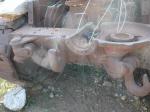
.JPG)
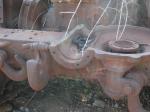
.JPG)
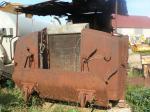
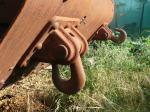
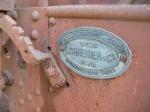
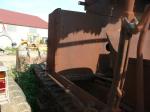
.JPG)
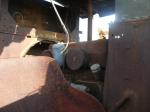
.JPG)
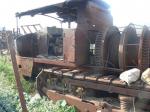
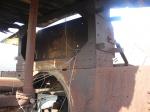
.JPG)
.JPG)
.JPG)
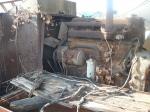
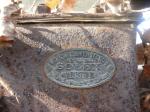
.JPG)
.JPG)
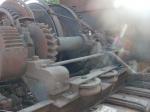
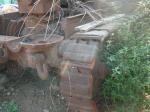
.JPG)
.JPG)
.JPG)
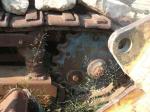
.JPG)
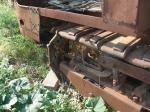
.JPG)
.JPG)
